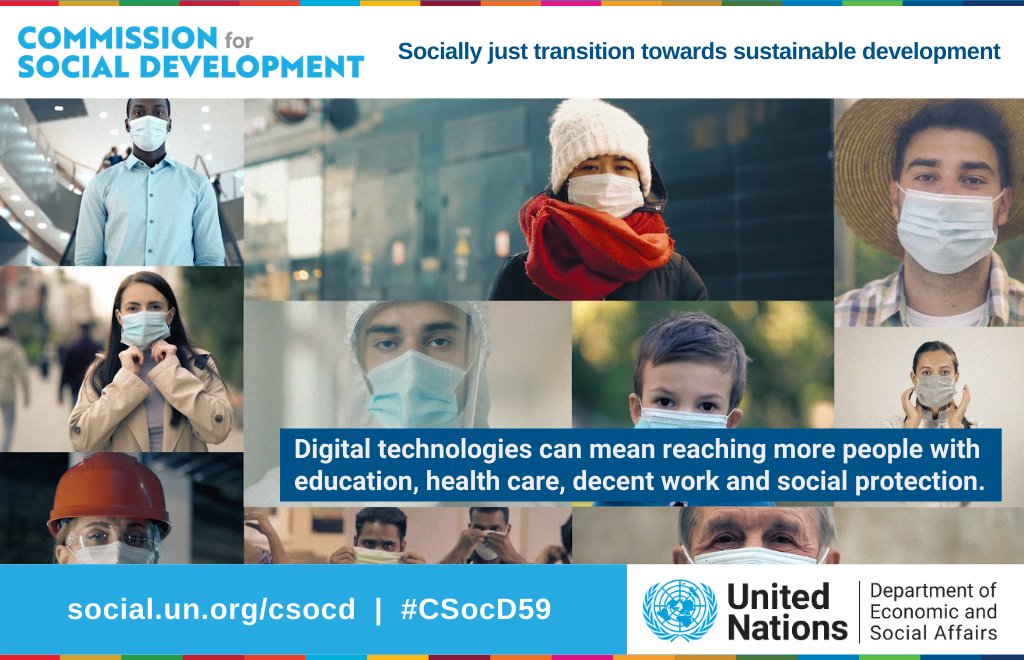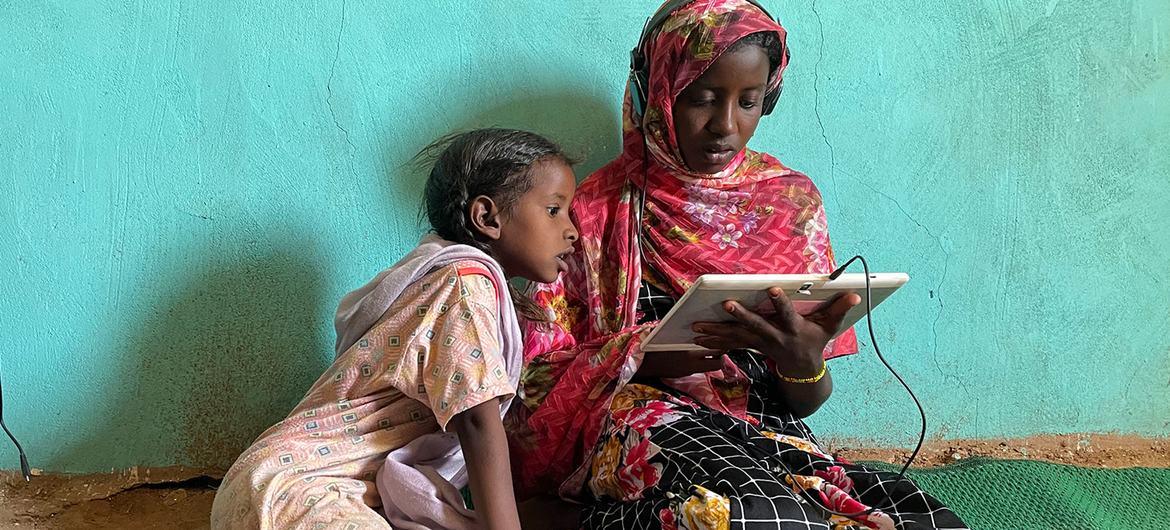
Ensuring digital inclusion of all, including the most vulnerable
There is growing global consensus that the Information and communication technologies (ICTs), and particularly Internet are providing a new framework and huge opportunities for economic, political and social development. The World Summit for Social Development (WSSD, Copenhagen, 1995) recognized that the new information technologies and new approaches to access to and use of technologies by people living in poverty can help in fulfilling social development goals; and therefore recognize the need to facilitate access to such technologies. WSSD emphasized that promoting access for all to education, information, technology and know-how is an essential means for enhancing communication and participation in civil, political, economic, social and cultural life, and for ensuring respect for civil, political, economic, social and cultural rights.
The World Summit on the Information Society (WSIS), Geneva 2003 – Tunis 2005, the Copenhagen Declaration and Tunis Commitment all recognized that ICTs is a key to eradicate poverty and unemployment and the importance of building a people-centred, inclusive and development oriented Information Society, where everyone can create, access, utilize and share information and knowledge, enabling individuals, communities and peoples to achieve their full potential in promoting their sustainable development and improving their quality of life.
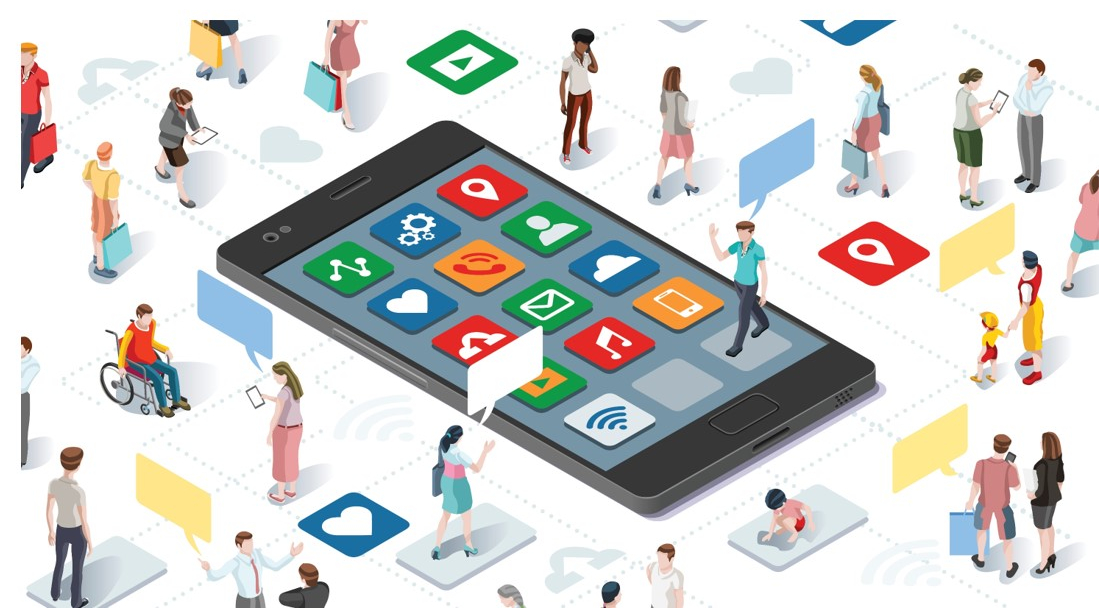
During the United Nations Conference on Sustainable Development, Rio+20, Governments recognized that ICTs are facilitating the flow of information between governments and the public. In this regard, it is essential to work towards improved access to information and communications technology, especially broadband networks and services, and bridge the digital divide, recognizing the contribution of international cooperation in this regard.
The Outcome Document adopted at the the Third International Conference on Financing for Development (Addis Ababa, Ethiopia, 13–16 July 2015) called for the establishment of a Technology Facilitation Mechanism, a collaborative multi-stakeholder forum on science, technology and innovation for the sustainable development goals and an online platform.
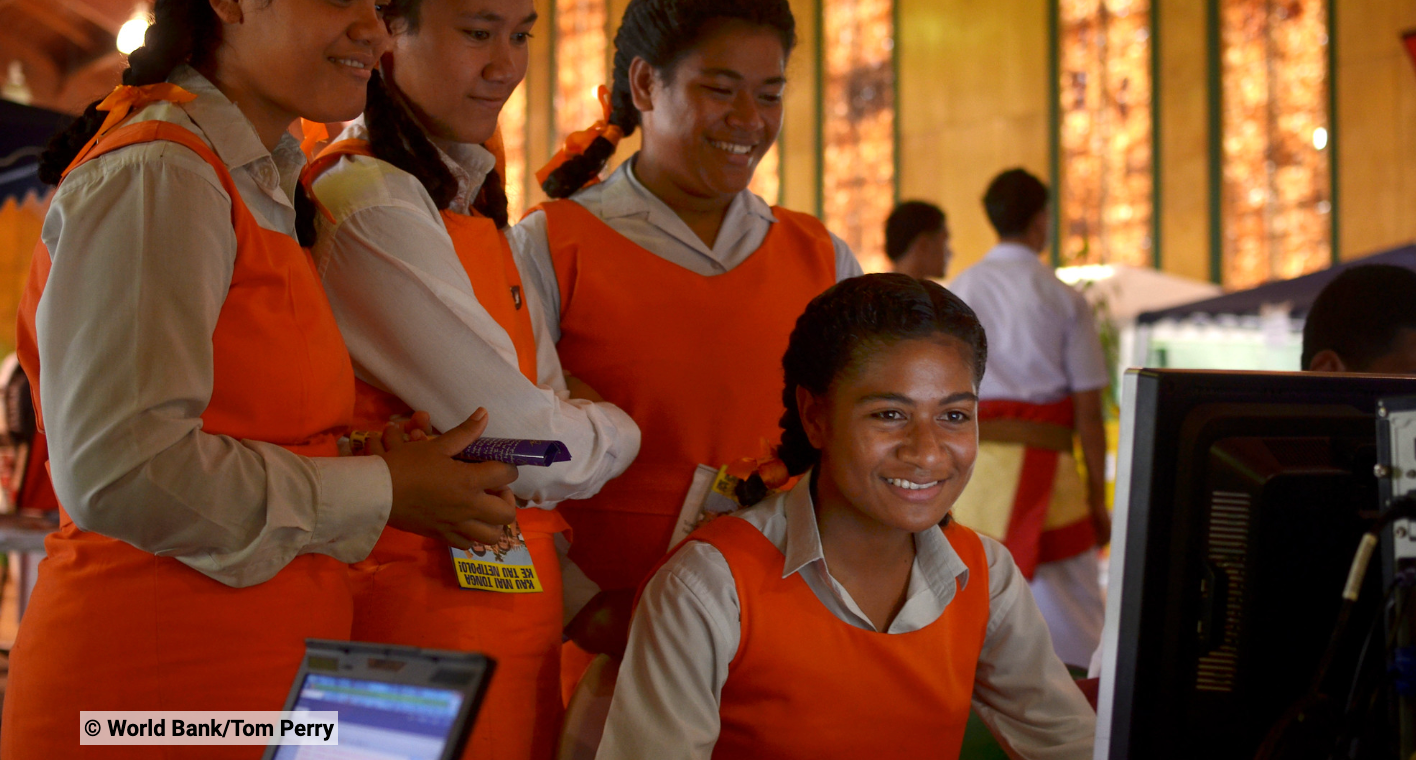
Road map for digital cooperation: implementation of the recommendations of the High-level Panel on Digital Cooperation Report of the Secretary-General (in all UN official languages)
 The world is shifting from analog to digital faster than ever before, further exposing us to the vast promise and peril of new technologies. While the digital era has brought society many incredible benefits, we also face many challenges such as growing digital divides, cyber threats, and human rights violations online.
The world is shifting from analog to digital faster than ever before, further exposing us to the vast promise and peril of new technologies. While the digital era has brought society many incredible benefits, we also face many challenges such as growing digital divides, cyber threats, and human rights violations online.
This report lays out a roadmap in which all stakeholders play a role in advancing a safer, more equitable digital world, one which will lead to a brighter and more prosperous future for all.
The implementation of the Secretary-General’s Roadmap is led by the Office of the Envoy on Technology.
The UN Common Agenda
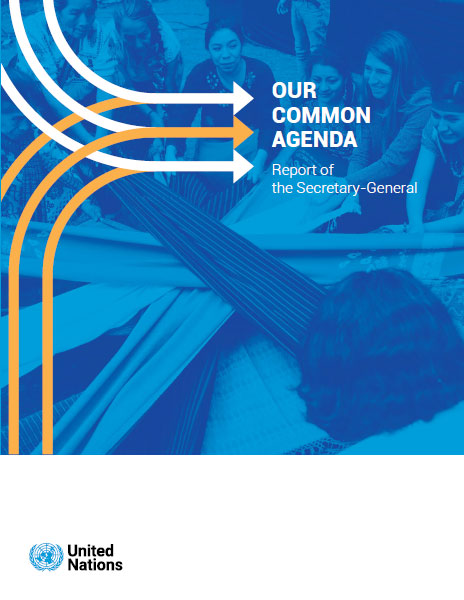 Our Common Agenda is the Secretary-General's vision for the future of global cooperation. It calls for inclusive, networked, and effective multilateralism to better respond and deliver for the people and planet and to get the world back on track by turbocharging action on the Sustainable Development Goals. It outlines possible solutions to address the gaps and risks that have emerged since 2015, calling for a Summit of the Future that will be held in 2024.
Our Common Agenda is the Secretary-General's vision for the future of global cooperation. It calls for inclusive, networked, and effective multilateralism to better respond and deliver for the people and planet and to get the world back on track by turbocharging action on the Sustainable Development Goals. It outlines possible solutions to address the gaps and risks that have emerged since 2015, calling for a Summit of the Future that will be held in 2024.
Our Common Agenda contains recommendations across 4 broad areas for renewed solidarity between peoples and future generations, a new social contract anchored in human rights, better management of critical global commons, and global public goods that deliver equitably and sustainably for all.
Across the 12 commitments from the Declaration on the Commemoration of the 75th anniversary of the United Nations

Our Common Agenda Policy Brief 5 A Global Digital Compact — an Open, Free and Secure Digital Future for All
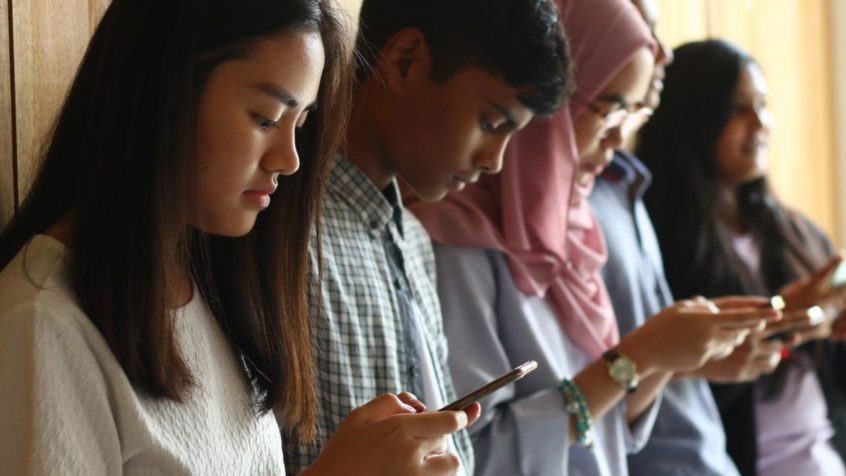
Underserved groups need equal access to digital opportunities. Digital divides reflect and amplify existing social, cultural and economic inequalities. Digital challenges affect especially women, persons with disabilities, people on the move, older persons, young people, rural populations, and indigenous peoples. We must close these gaps through better metrics, data collection, and coordination of initiatives.

** When everyone is included, everyone benefits **
 Welcome to the United Nations
Welcome to the United Nations
